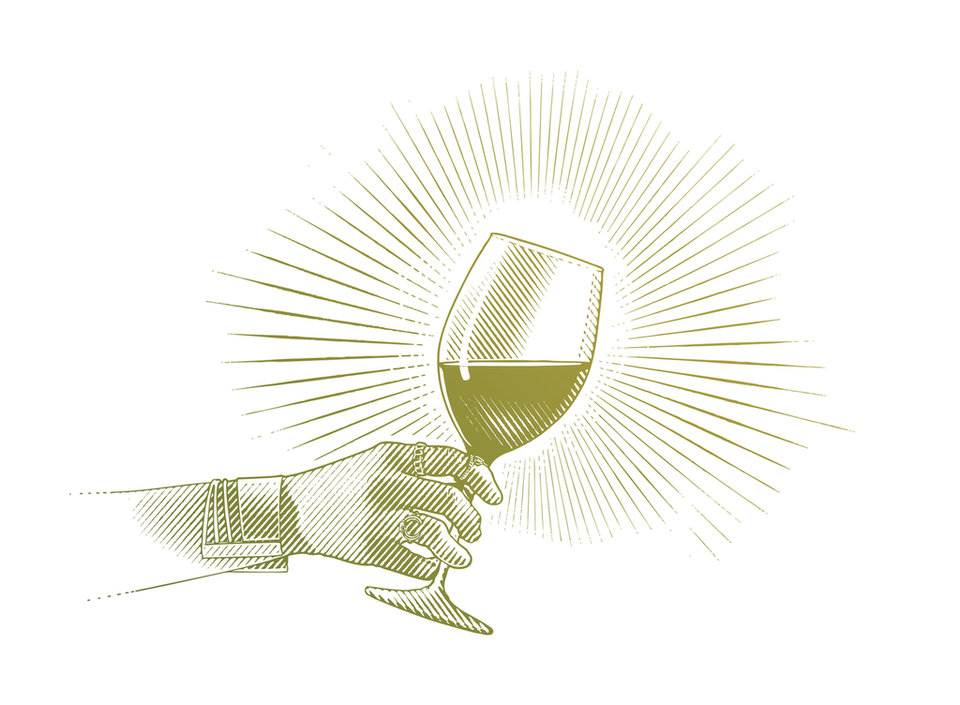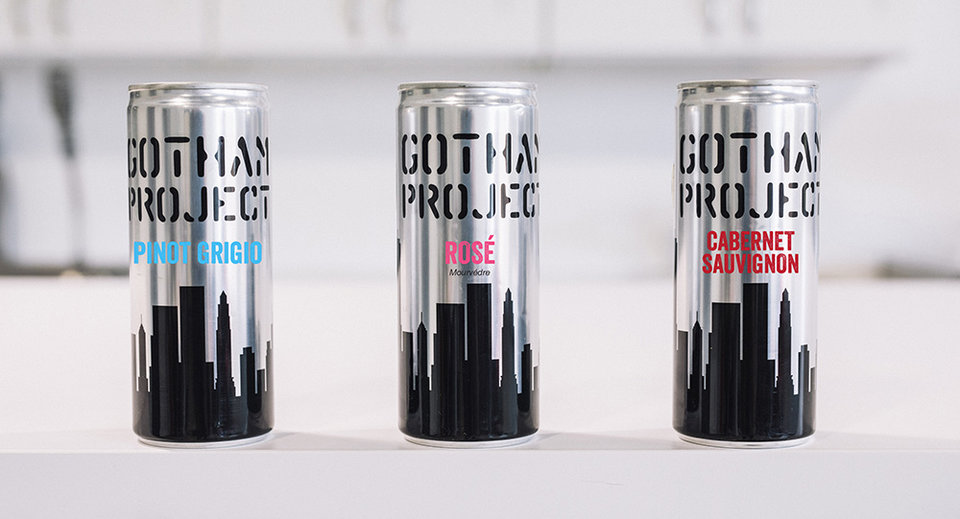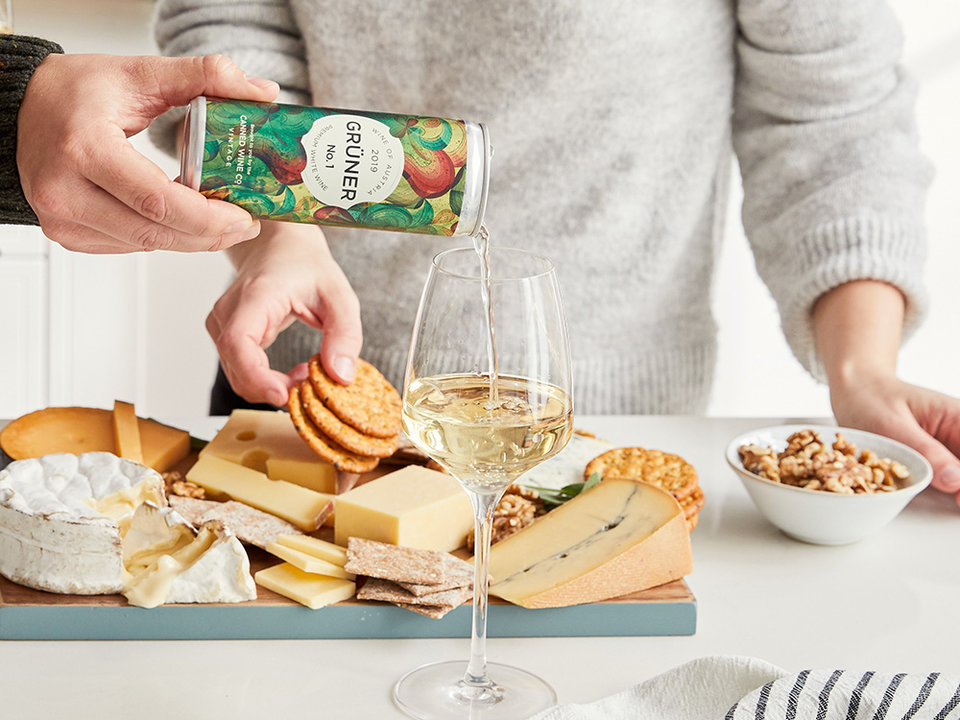Design
No corkscrew? No problem, with canned wine
There have been a flurry of new product launches in the wine world, and a notable trend is the adoption of the can as a preferred packaging format. Alex Love looks into why brands are choosing to do so, and the benefits associated with it.

Canned wine sales are predicted to experience rapid growth within the next few years. And aluminium cans have a lot of advantages for wines. They are lighter to transport than glass bottles, require significantly less packaging for protection, are stronger, and highly unlikely to break if handled incorrectly.
Cans also offer greater opportunities to create distinctive designs for branding, which is typically limited on bottles to just the labels.
But despite cans being common for other beverages for decades, it has taken manufacturers considerably longer to perfect the wine can. It wasn’t until the 2000s that the technology struck a major breakthrough, with the 2010s then witnessing a significant expansion in companies offering canned wine, notably in the US.
Nevertheless, there remains a perception among some consumers that wine from a can is poorer quality than the traditional bottle. Yet suppliers are keen to point out that this very much is not the case.
“The only limiting factor on the quality is the quality of the wine that you put in the vessel. So if you put in crap wine, you're going to get crap wine out. If you put in high-quality wine, you're going to get high-quality wine out,” says Bruce Schneider co-founder and managing partner of New Jersey-based Gotham Project. “I think once people get over that initial hurdle, they tend to be all in.”
And the screw-top bottle and wine box or bag are examples of formats originally dismissed buy consumers, but are now widely accepted.
Cans vs bottles
When people think of wine, most would instantly picture a glass bottle. But with the environment increasingly at the forefront of many consumers’ minds when making purchases, this gives a big advantage to cans.
It has been estimated that as much as 50% of a wine bottle's carbon footprint comes from making the glass alone. Despite the fact that glass can be recycled, as little as 30% of the material is done so in the US, with 70% sent to landfill.
Whereas aluminium cans are 100% recyclable and can be done so indefinitely without any drop in the quality or structural integrity.
In addition, when wine in glass bottles is exposed to sunlight for prolonged periods, the UV rays can cause the wine to degrade and age faster. This chemical reaction can then alter the wine’s smell and taste. With aluminium cans, this problem is avoided entirely.

US-based Gotham Project aims to provide high-quality wines in environmentally responsible packaging. Credit: Gotham Project
But it is not as simple as using the same cans used for soft drinks for wine as well. The liners of the cans need to be different, because wine has higher acidity than other canned beverages. These barriers are also required to prevent the metal container from influencing the flavour.
As cans stay cooler for longer than bottles, another perception is that canned wine is better suited for a white or rosé, instead of a red. Yet this is not the case, even if canned wines are very much intended for drinking and not kept in cellars for years to mature.
“It won't mature. Because one of the advantages, or disadvantages, of a can is that there's no access to oxygen that you would get in a cork bottle. And actually, even in some screw-top bottles now they allow small amounts of micro-oxidation. So the wine won't develop in the same way that it would over within a bottle,” explains Simon Rollings, CEO and founder of UK-based Canned Wine Co.
“But then actually, the vast majority of wine is produced to be drunk young anyway. We'd say drink it within 12 to 18 months of the vintage; it’s the same as you would with a bottle.”
Target audience
Cans are typically 250ml, which is roughly a large glass of wine. The product was initially targeted at the Millennials and Generation Z groups, as cans are considered to be less hassle to carry around and easier to store.
And while canned wine has only really started to become popular in Europe relatively recently, it has already proven successful across the US.
US-based The Gotham Project’s aim is to provide quality wines in environmentally responsible packaging, which it sells throughout 30 states. Since 2010, the company has delivered wine in fully recyclable kegs made from stainless-steel.
Known as ‘wine on tap’, the company claims this has removed the need for at least 2.5 million glass bottles. And it now also offers three varieties of canned wine, with a white, a rose, and a red.
“The younger generations have less preconceived notions about the packaging. They're not looking at the package and saying, ‘Oh, this must not be a great wine because it's in a can’,” adds Bruce Schneider.
Schneider explains that wine cans are also proving more popular in restaurants than originally anticipated.
“Initially, we thought it would just be in retail shops. But there are quite a few restaurants that are also doing wine in canned format. It's a good single-serve size,” he says.
Furthermore, the company has recently launched a reusable glass bottle initiative. Bottles are sent back to the company, where they are sterilised and relabelled, before being filled with more wine and reused.
For every bottle returned, customers receive a credit of 25 cents. At eight bottles, they reach a $2 credit that they can either have sent to them as a cheque or have the funds donated to charity.
Quality over quantity
Although canned wine may have initially targeted a younger crowd, it is beginning to transcend the generations. And different consumer age groups are purchasing canned wine for varying reasons.
The UK-based Canned Wine Co’s goal is to provide upmarket wines at lower prices due to selling cans in smaller quantities than bottles.
“By bringing down the kind of portion size to a large glass, you can offer a product that is of higher quality without having to have a list price that is £15-£20, which is the type of wines that we're trying to can if they were in a bottle,” says Rollings. “I don’t think that’s true across the board. There are a lot more wines in cans that are targeted very specifically at either situational uses like festivals, or convenience.”

While targeted at a younger demographic, canned wine has also proved popular with older generations. Credit: Canned Wine Co
While expecting to attract largely younger consumers, the company has discovered that cans also appeal to older wine drinkers seeking to reduce their alcohol consumption.
“Our core age group is probably from 25 to 55,” Rollings adds. “We found particularly early on actually during lockdown in 2020 that our initial customers were of a much older age group. Often people looking to drink less but still retain quality, which is not what we expected. We did expect it to be a younger audience.”
Canned Wine Co was set-up in 2019 and became Rollings’ main job a matter of days before the UK went into lockdown for Covid-19 in 2020.
The company’s wines are currently imported in bulk from Europe and canned in the UK. And launching a new business so heavily reliant on imports is not without its considerable challenges in post-Brexit Britain, with significantly more paperwork required than before the UK left the EU.
In addition, a global pandemic has presented more challenges. Yet all of this has forced the company to get fully on top of its supply chain. And Rollings is confident that his business will continue to grow when Covid restrictions start to ease.
“We actually have a very high returning customer rate through our website, which is really positive. And it shows that once people try it and know the wines are good, they've bought into the idea of wine in cans,” he adds.
Main image credit: GeorgePeters / Getty Images